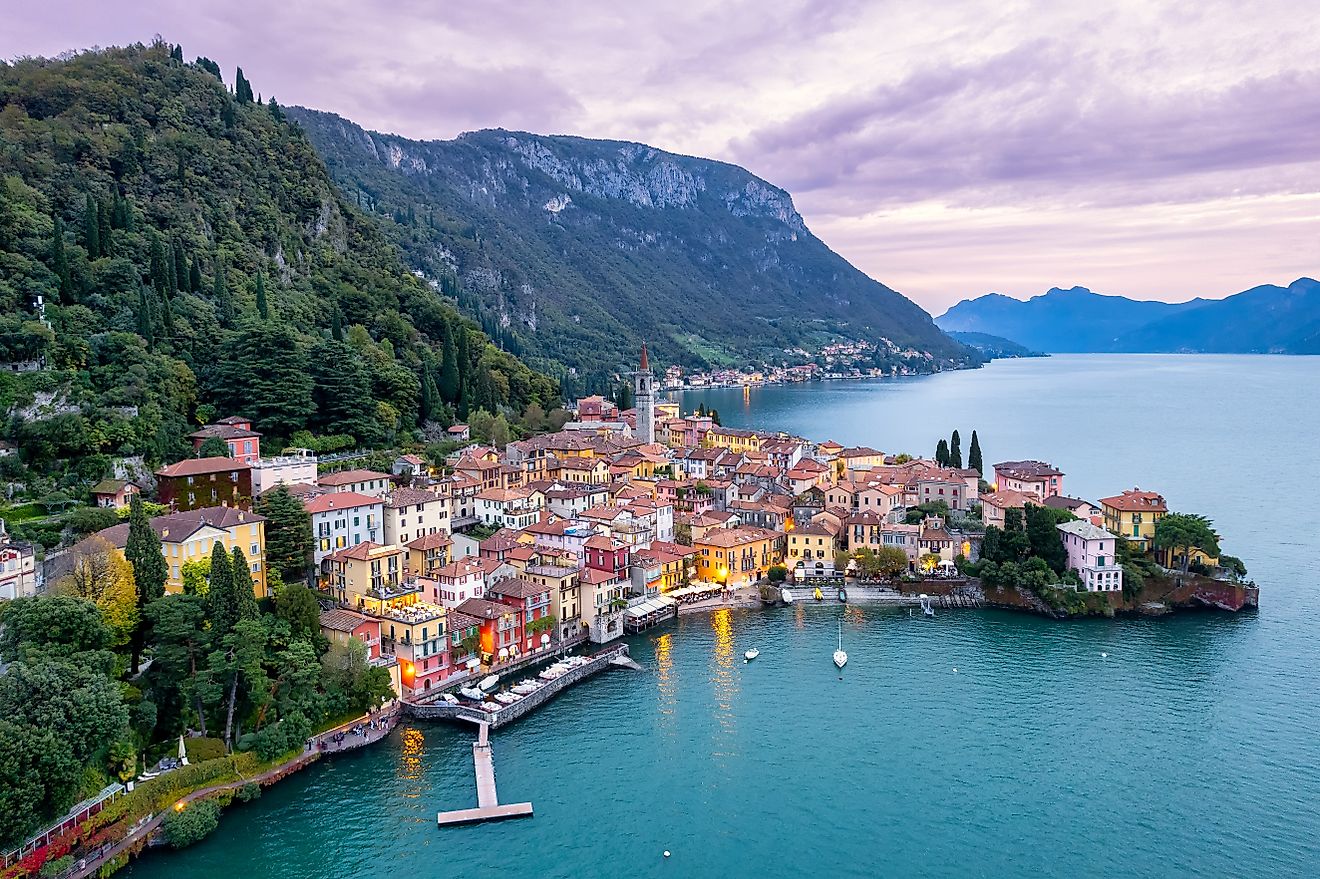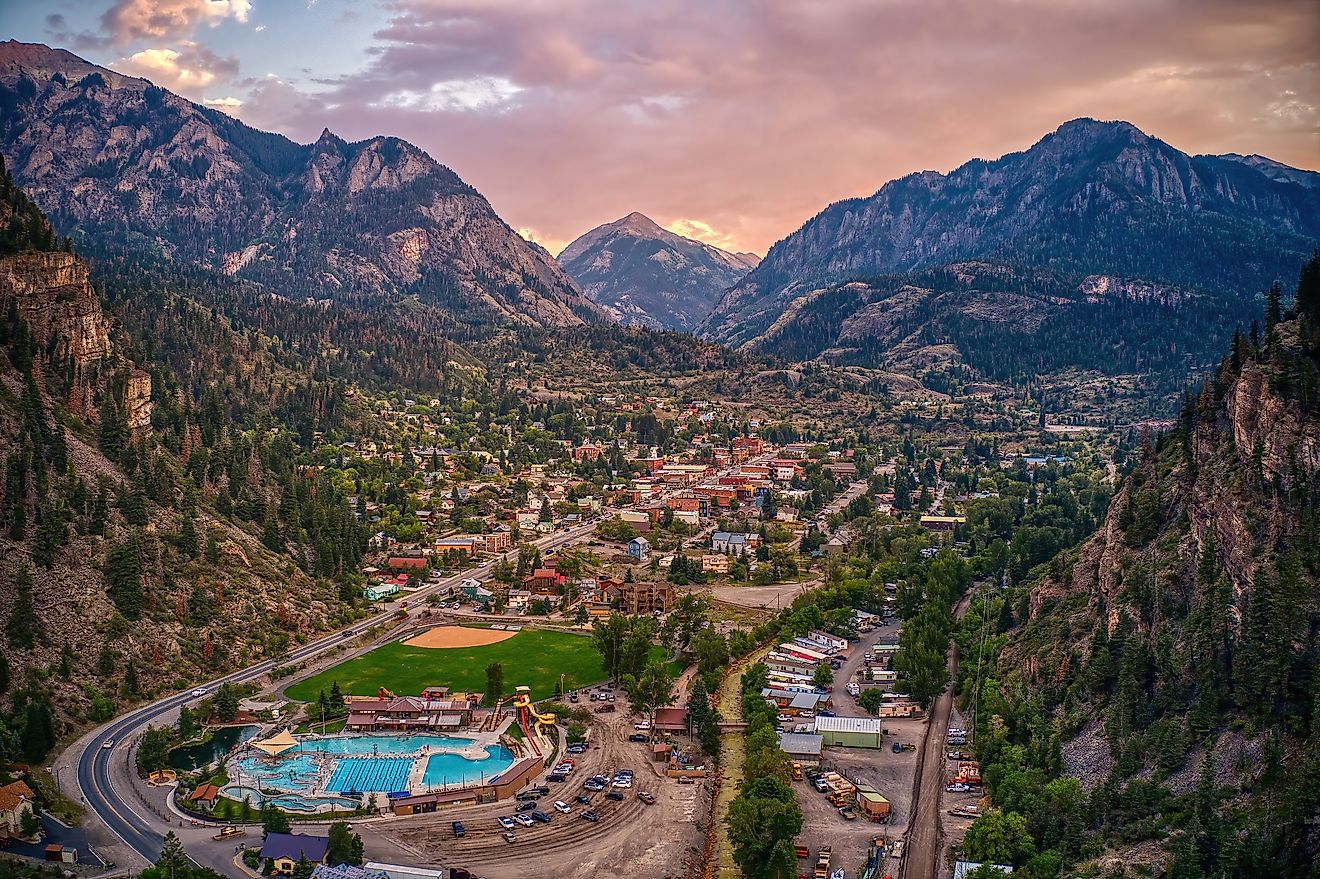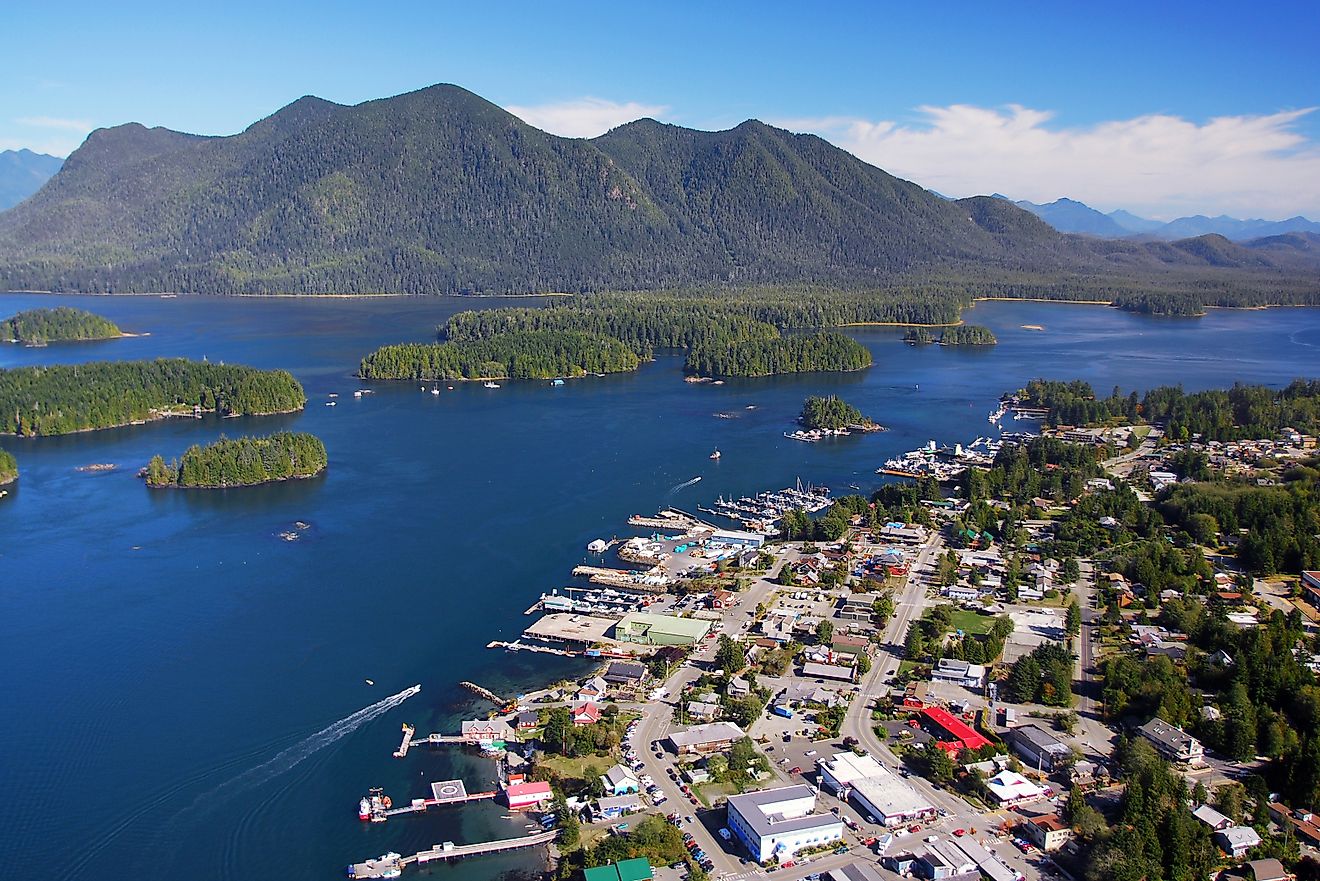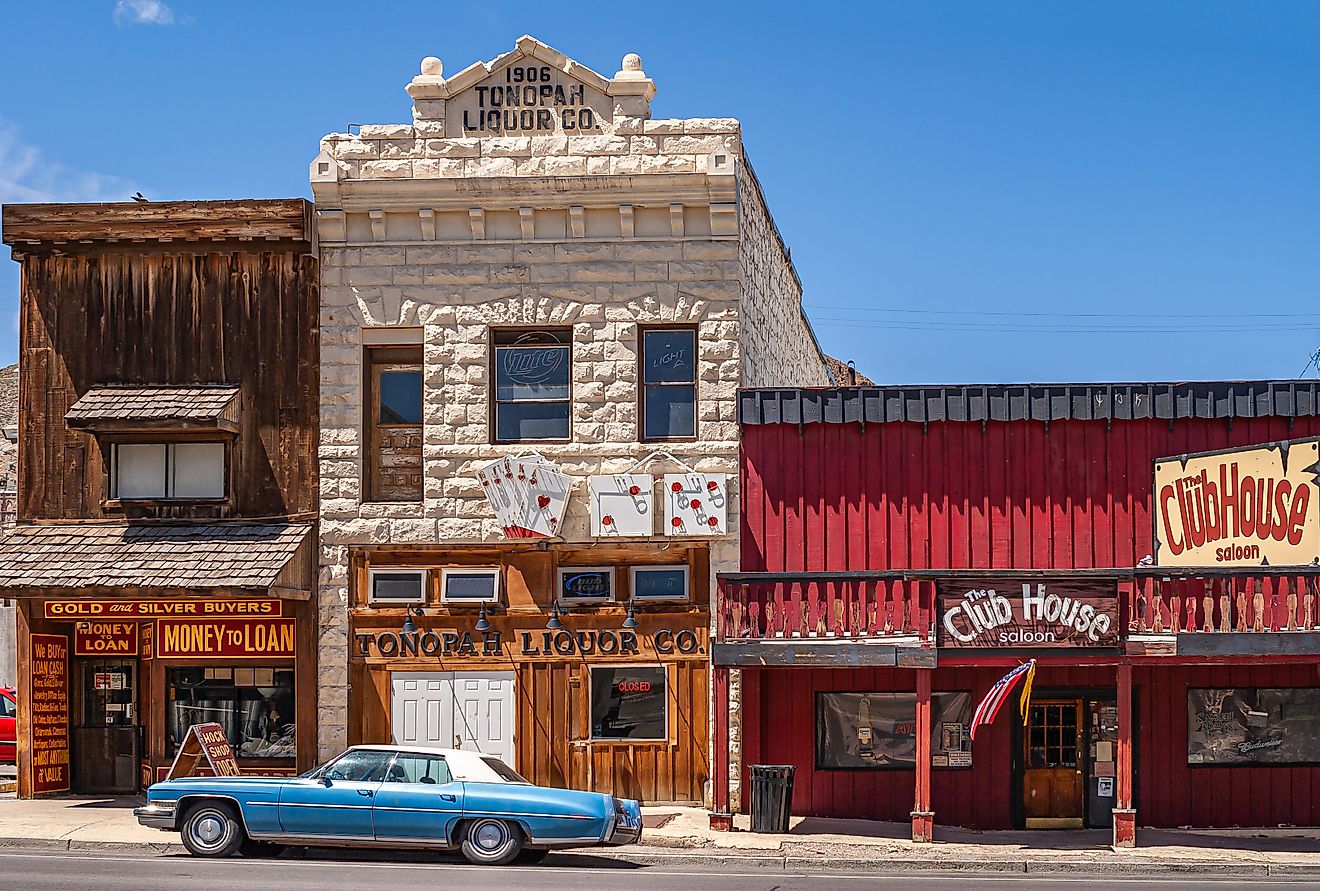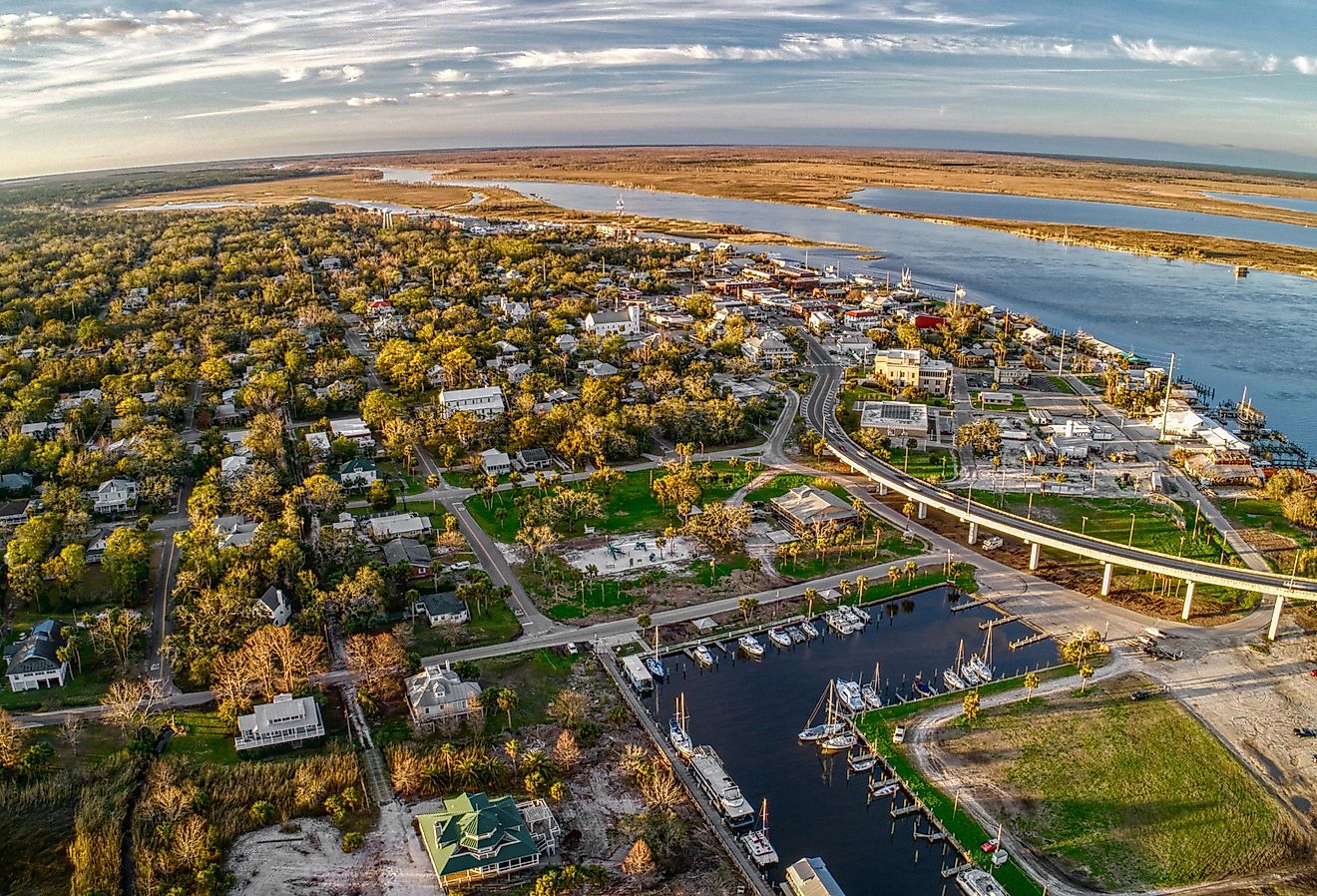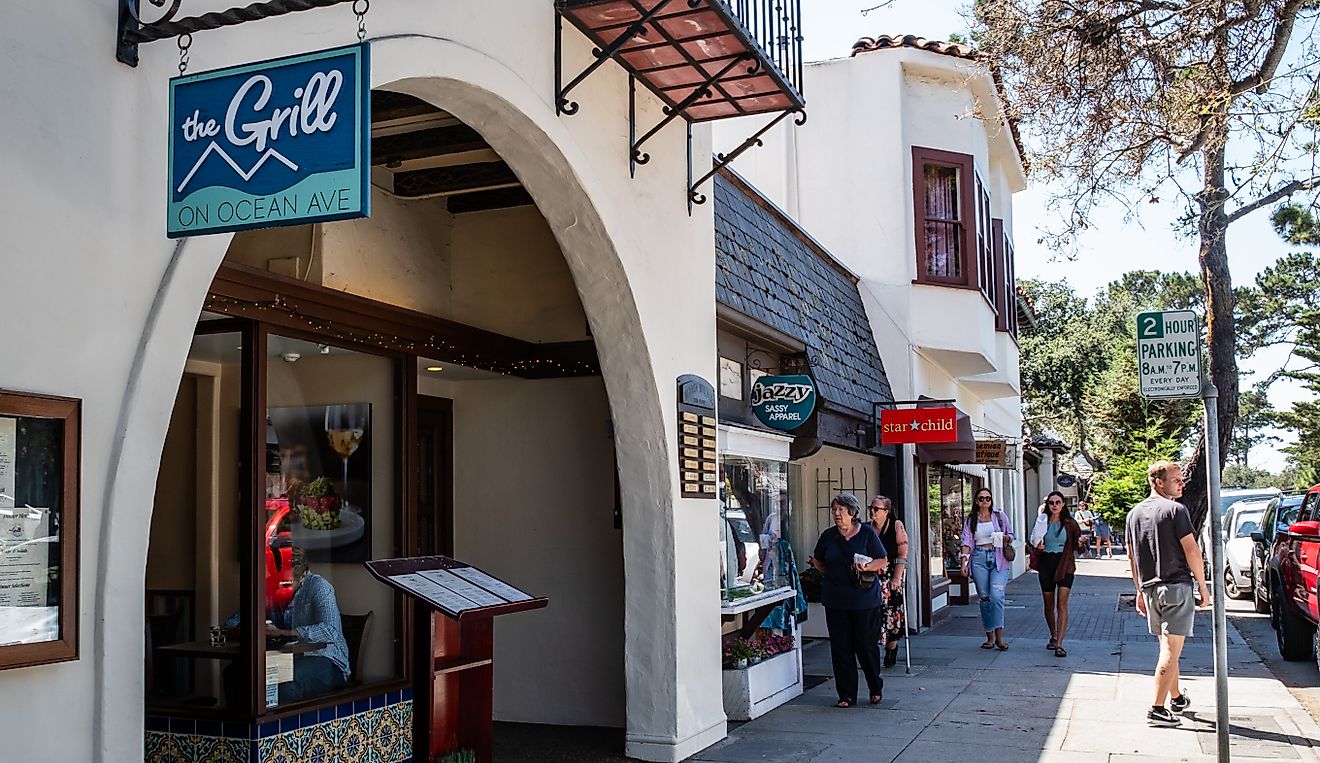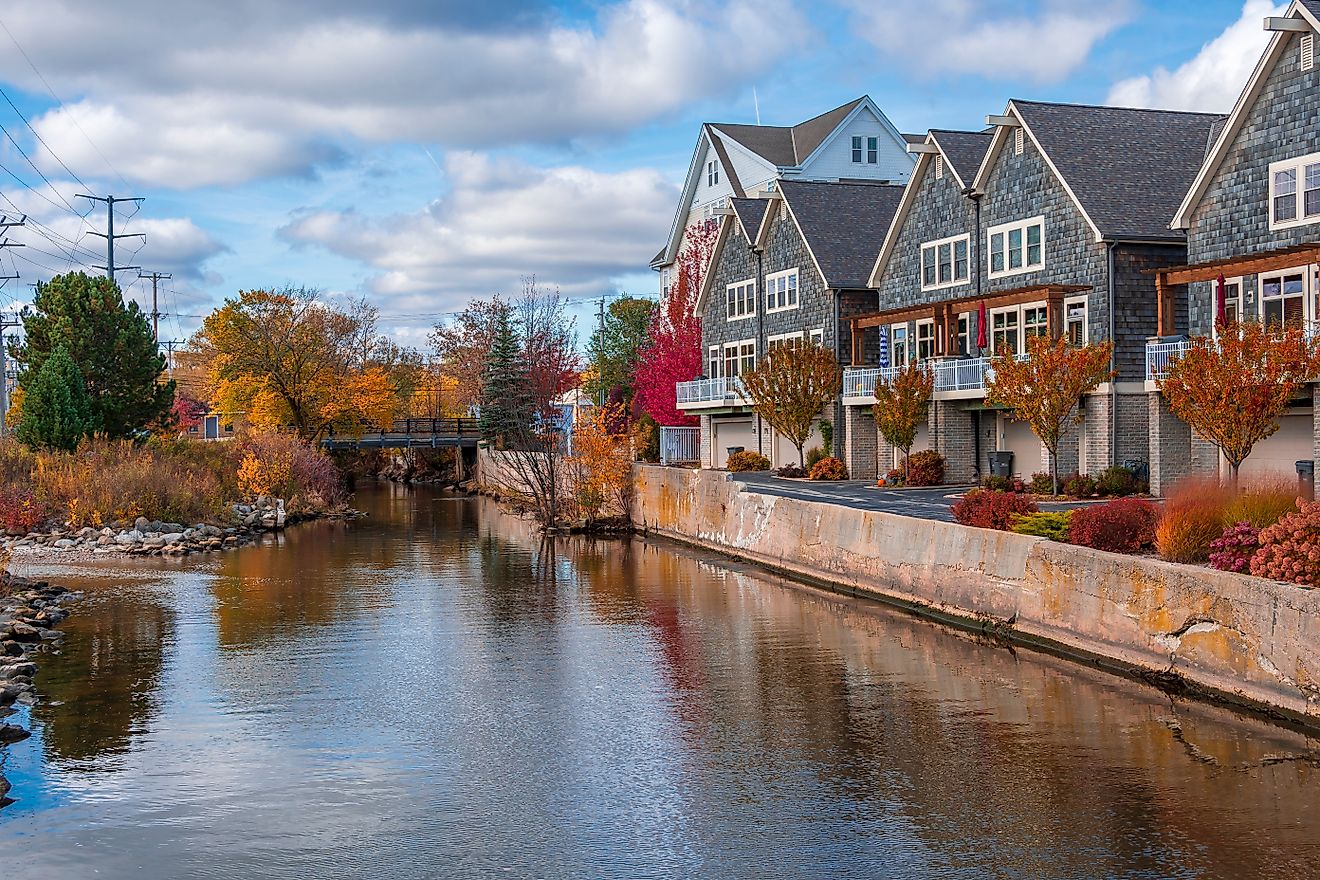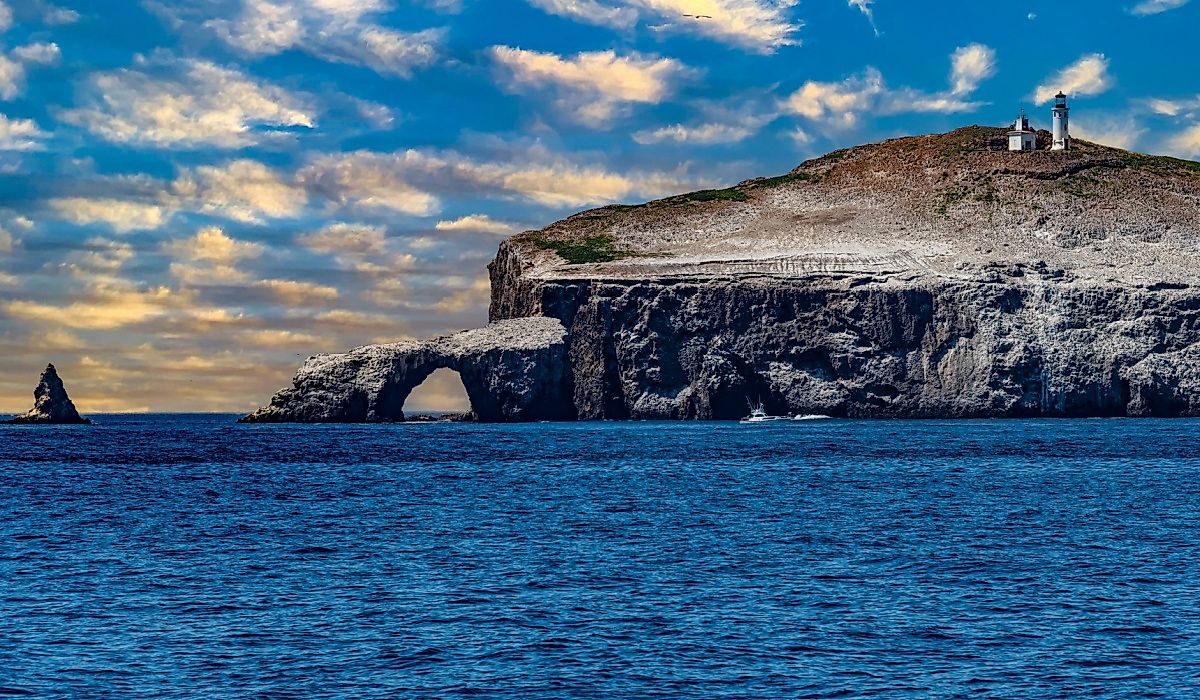
Channel Islands National Park Offers California’s Galápagos of Sea Caves and Foxes
Just a short boat ride from the Southern California coast lies an otherworldly paradise of mist-cloaked islands, jagged cliffs, oceanic vistas, and incredible wildlife. Known as North America’s Galapagos, Channel Islands National Park is home to species not found anywhere else on earth. It’s also a rugged playground of dramatic sea caves, remote beaches, wildflower-covered hills, and dizzying views.
Composed of five islands, the 249,500-acre park offers year-round recreation including hiking, camping, kayaking, diving, boating, and wildlife watching. The park is conveniently accessible from the mainland, and you don’t need an entrance pass. Spend the day island-hopping, hike the coastal cliffs, go whale-watching, see elephant seals stake out their territory on the beach — the park is full of unforgettable adventures waiting to be discovered.
The Geology and History of Channel Islands National Park
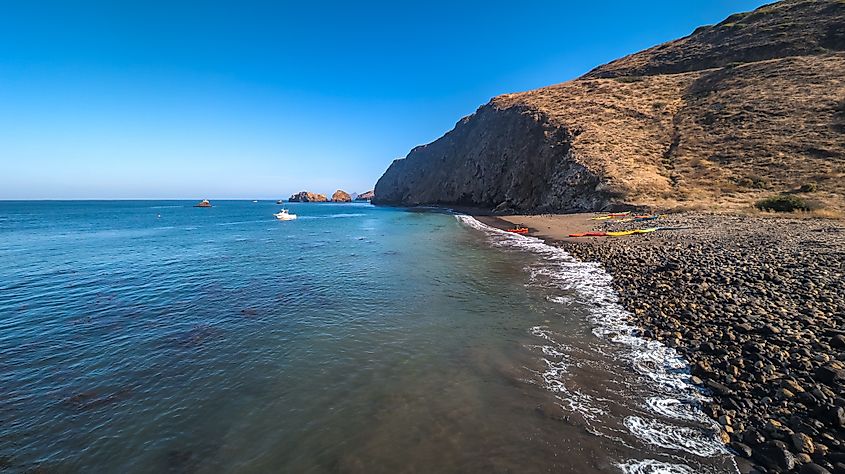
There are five islands in the park: Santa Cruz Island, Santa Rosa Island, Anacapa Island, San Miguel Island, and Santa Barbara Island. Around 20 miles from Santa Barbara, the islands lie in the Pacific Ocean. In the 1930s, they caught the attention of Theodore D. A. Cockerell, a biologist from the University of Colorado, who lobbied for federal protection so the islands’ outstanding natural beauty could be preserved, researched, and enjoyed. In 1938, the Anacapa and Santa Barbara Islands were officially named the Channel Islands National Monument. The boundary was extended in 1949 under President Truman and finally became Channel Islands National Park, covering all five islands, in 1980.
Park Landmarks
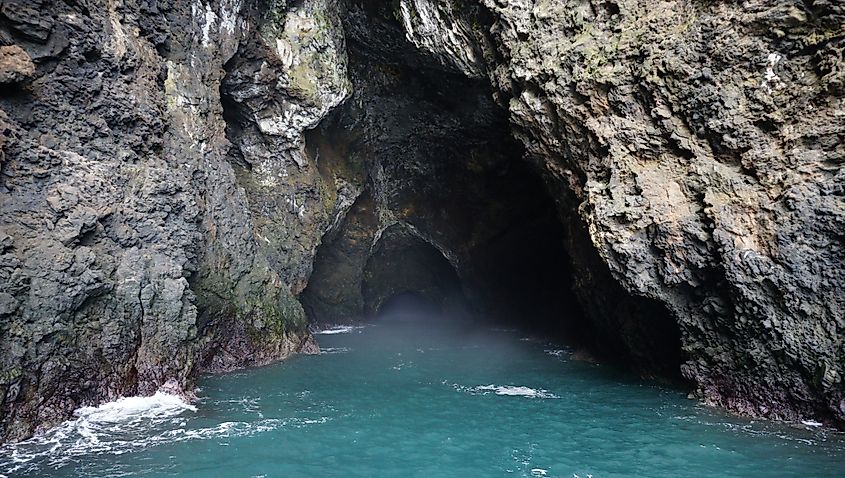
Santa Cruz Island isn’t just the largest island in the park; it’s the largest in California. This is where you’ll find one of the world's deepest sea caves, Painted Cave. Located on the northwest coastline, the cave takes its name from the colorful lichen and algae on its rocky interior. Inside, the cave is almost a quarter mile long and 100 feet wide, the entrance ceiling stretches up to 160 feet, and a waterfall cascades over the archway in the spring.
While most of the islands’ topography resembles the California landscape, there is one spot on Santa Rosa Island that could have come straight from Utah. Lobo Canyon was carved out of the sandstone by centuries of wind and water erosion, leaving a deep cleft in the island that’s like nowhere else in the park.
San Miguel Island boasts one of the largest concentrations of wildlife gathering in the world. Every year, over 70,000 California sea lions, 5,000 northern fur seals, 50,000 northern elephant seals, and 1,100 harbor seals come to the island to breed and give birth to their young. The best place to see some activity is Point Bennett, where thousands of elephant seals have taken over the beach, marking their territory with rumbling roars as they jostle for space.
What Makes the Park Unique
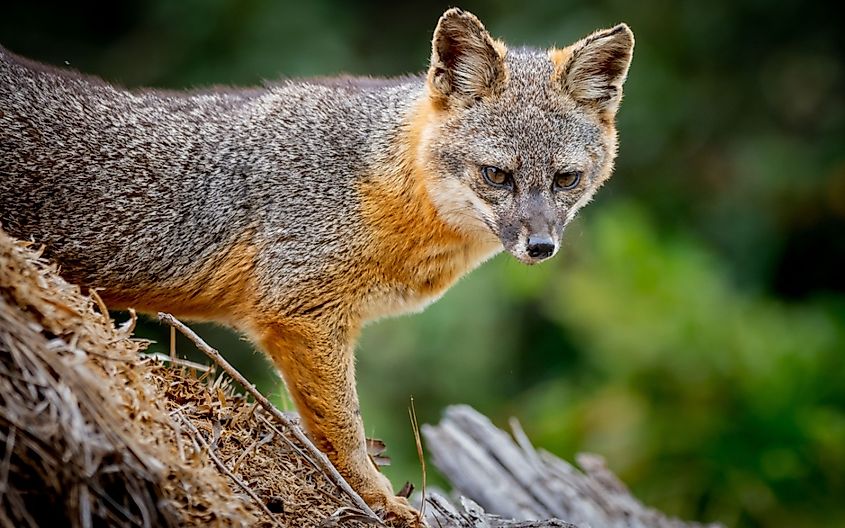
Channel Islands National Park offers California’s Galápagos of sea caves and foxes. It’s a highly unique destination packed with rare flora and fauna that appear nowhere else on earth. These species include the Island Fox, which is roughly the size of a housecat and one of the smallest foxes in the world, but the largest native terrestrial mammal on the Channel Islands.
Another one-of-a-kind inhabitant is the threatened Island Night Lizard, which is only found in the park on Santa Barbara Island. Despite its name, the Night Lizard is most active during the day, but you might not catch a glimpse of this shy resident as it prefers to hide under rocks and in dense vegetation. Another secretive inhabitant is the Island Deer Mouse, which also only lives on the Channel Islands. On some islands, they’re the only land mammal, and their populations are thriving.
It’s not just these rare species that make Channel Islands National Park unique. The park is also home to a large number of archaeological sites that are helping researchers piece together some of the history of early man. In 1959, human remains from over 13,000 years ago were discovered on Santa Rosa Island, making them among the oldest dated human remains in North America. Known as the Chumash, the native peoples lived on the Channel Islands for thousands of years, relying on the sea’s natural resources.
Things to Do in Channel Islands National Park
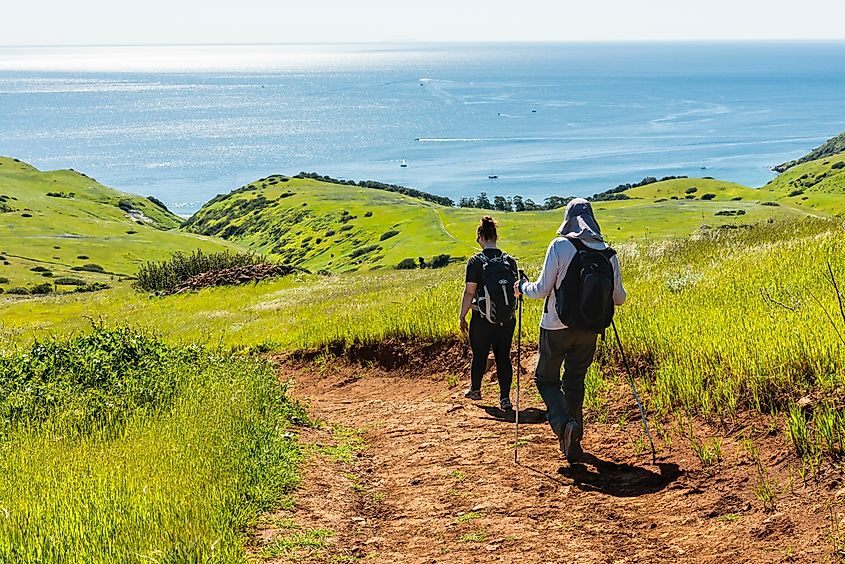
There are no services on the islands, but you can get information from the Visitor Center in Santa Barbara and Ventura. The park is only accessible by private boat or the park’s official boat concessionaire, run by Island Packers. Island Packers offers ferry transportation to the islands as well as non-landing wildlife watching trips. Boats leave from Ventura Harbor and Oxnard Harbor.
To see one of the most famous views in the park, hike to Inspiration Point on Anacapa Island. The hike climbs up from the pier but is rated easy and is an accessible 1.5-mile round trip. If you’re a more experienced hiker, you may want to try the Lobo Canyon Hike on Santa Rosa Island, a 9-mile trek through the dramatic landscape of the sandstone gorge. You can see the sea lions and seals at Point Bennett via the 14-16 mile round-trip Point Bennet Hike, which begins at Cuyler Harbor, also on San Miguel Island. The hike is a ranger-led hike and is only available in the summer months. One of the most popular hikes for first-timers is the Potato Harbor Overlook Hike on Santa Cruz Island. This 5-mile loop has some of the most breathtaking coastal views in the park, looking over the harbor and out to the ocean horizon.
The best place to see seals and sea lions is at Point Bennet Hike on San Miguel Island, but they aren’t the only fascinating marine mammals on display. There are 27 whale, dolphin, and porpoise species in the waters around Channel Islands National Park, including Humpback Whales, Orcas, and Bottlenose Dolphins. Island Packers offers a whale watching trip that passes through the Santa Barbara Channel to see migrating whales and other marine species. Due to the diversity of species, sightings occur year-round.
One of the most popular water-based activities in Channel Islands National Park is kayaking the sea caves. Channel Islands Adventure Company offers guided tours to explore these stunning natural features with 2.5-hour, 4-hour, and 5-hour trips available. Suitable for children and adults, some tours include some snorkelling time so you can see the beauty of the park below the waves too.
If you’d rather stick to swimming, you can rent snorkelling gear from Channel Islands Adventure Company or book their 3-hour Guided Snorkel Excursion. Below the surface, another world opens up where you can swim with bat rays, garibaldi fish, sea hares, kelp crabs, sheephead fish, and more.
You can camp year-round on all islands in the park, with one National Park Service campground on each. For the more adventurous, backcountry camping is available on Santa Cruz and Santa Rosa Islands. Visitors need to reserve their sites in advance and pay a reservation fee. Be mindful that conditions are primitive and the park is a leave no trace area, so visitors must take home everything they bring, including their trash.
When Should I Visit the Park?
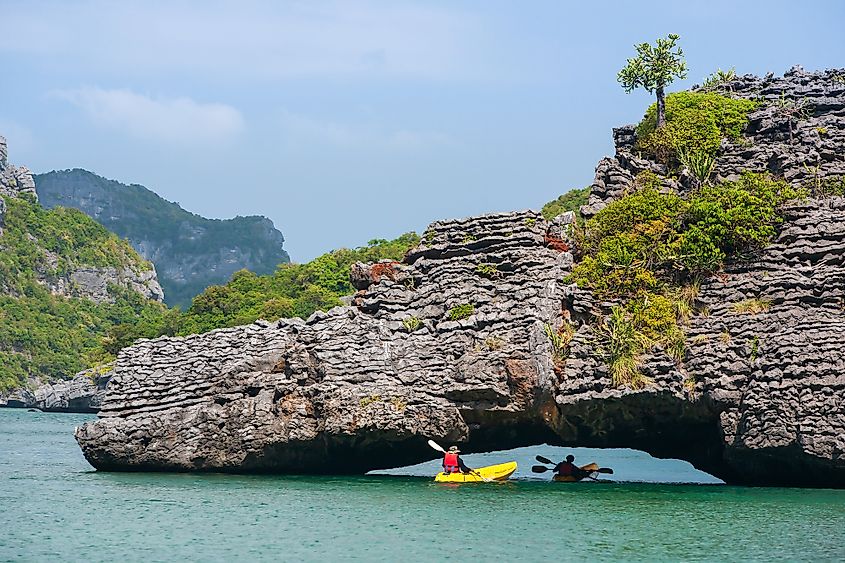
While Channel Islands National Park is open year-round, the seasons do have their distinctive look and character. If you’re coming to the park to see the seals and sea lions, time your visit for the spring when they are most active. This is also a great time to go birdwatching as gulls and other seabirds begin nesting. Peak bloom time for the eye-catching wildflowers is late January through to March.
Summer is the best time for kayaking, boating, snorkelling, and other water activities. It’s also the perfect time to catch Blue Whales and Humpback Whales in the channel. Bear in mind that July and August are the park’s busiest months, so if you’re reserving a campsite or a boat trip during this period, book well in advance.
Fall marks the end of Blue and Humpback Whale watching and also the Fall bird migration. In winter, Grey Whale watching begins and lasts until April. Winter is also an ideal time to take a late hike, as the sunsets at this time of year are spectacular.
One of a Kind Adventures on North America’s Galapagos
You don’t need to travel to the Galapagos Islands to see rare species, pristine island wilderness, and vibrant marine habitats. It’s all available, just an hour’s ferry ride from the California coast. Here, where sweeping coastal mountains overlook churning sea caves and unspoilt beaches, visitors tread lightly over a landscape that’s remained largely unchanged for centuries.
Around 300,000 tourists come to the Channel Islands National Park each year, its remote location protecting it from the busy crowds at other parks. Whether you’re looking for an unforgettable day out, a break from urban living, or a one-of-a-kind wildlife encounter, Channel Islands National Park is a must for any intrepid traveler.
